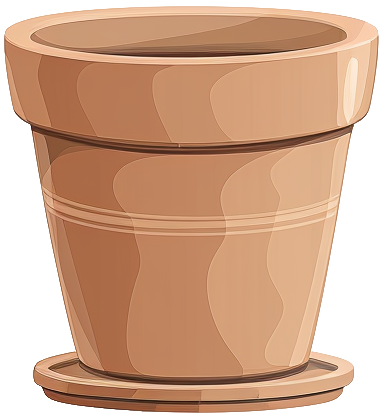- philodendron
- 'henderson's pride'

philodendron
'henderson's pride'
'henderson's pride'
Care level
Medium
Popularity
Moderate
This variety grows in a dense, circular shape like a bird's nest, and as it gets older, it might start to climb. Its leaves are quite long and thin with noticeable, sharp-edged grooves, resembling a saw.
Care & maintenance
Light
All areas of your interior that are roughly equidistant between shade and sun. These areas benefit from slight brightness throughout the day.
Temperature
Warm (60.8°F - 84.2°F)
Fertilization frequency
Moderate
Monthly during the growing period.
Soil
Choose a Tropical plant mix: A rich, moisture-retentive blend with good aeration. Mimics the natural forest floor environment of tropical regions.
If you want to create your own substrate, you can make a mixture of the following soils:








Click on the soil name for more information.
Pot

Standard size
Prefer a pot with a classic width/depth ratio.
Incorrect or incomplete information?
In our goal of building the best plant database, we sometimes make mistakes or have incomplete information. You can help us fill these gaps!
Features
Size & growth
Large
Climbing
Moderate growth
This plant grows at a moderate rate. It can reach 3 to 6 feet in height or spread.
It grows upwards by attaching to supports or winding around them.
Toxicity
| Cat | |||
|---|---|---|---|
| Dog | |||
| Human |
Reproduction & propagation
Fruits & flowers
Non-flowering & not self-pollinating
The philodendron henderson's pride cannot produce flowers and therefore fruits.
This plant is not capable of self-pollination, it will not be able to produce fruits if it is not pollinated by another individual.
